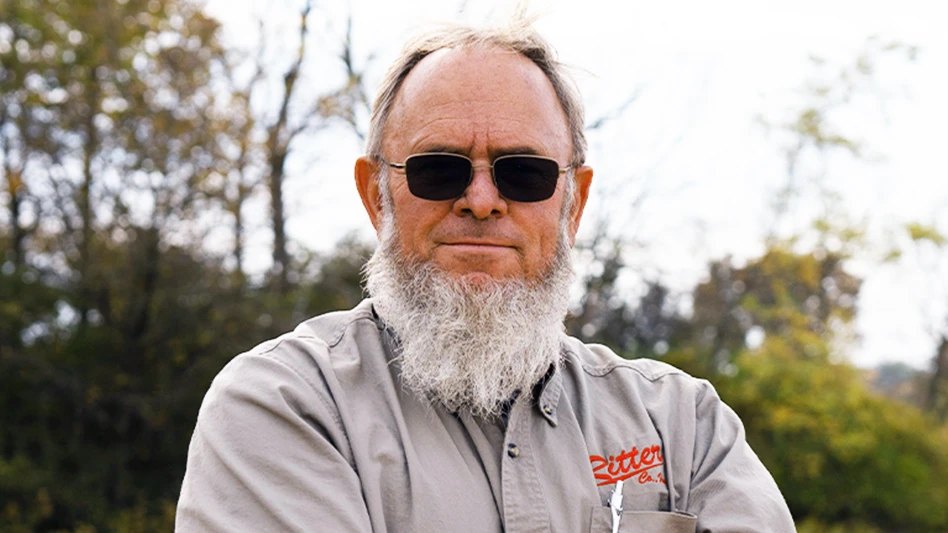
A proposed bill in Maine, LD1639, could close a loophole allowing out-of-state-waste to end up at the state-owned Juniper Ridge landfill in Old Town, reports Maine Public.
"Not only is it wrong that Mainers pay for a landfill that has become a refuge for harmful and unwanted out-of-state waste, but this waste is significantly threatening the surrounding environment and those who live in the shadow of the landfill," Sen. Anne Carney, the bill’s sponsor, told fellow lawmakers at a May 16 hearing.
Under state law, Juniper Ridge is only permitted to accept in-state waste; however, some waste from other states can be reclassified as from Maine if it passes through a processing facility in the state and serves a secondary function at the landfill. This can include materials such as construction material that is used to stabilize wastewater sludge or ground up debris used for daily cover.
Paula Clark, director of the state's division of materials management, told Maine Public that state waste processors took in 259,000 tons of construction and demolition (C&D) debris last year, and that the vast majority of it was from out-of-state and eventually landfilled.
Although many environmental groups and members of Maine’s tribal communities have spoke in favor of the proposed legislation, waste haulers and some communities have come out against the bill.
Maine Public reports they have argued it would force the closure of ReSource Waste Services, a Lewiston-based facility that processes much of Maine's C&D waste that comes from other states.
According to Clark, ReSource took in more than 200,000 tons of in-state and out-of-state construction waste in 2018.
"It's critical to be able to continue to accept waste from out-of-state," ReSource President and Chief Operating Officer Gregory Leahey said during the hearing, when asked whether the business could take in more construction waste from inside Maine.
Opponents of the bill also say that ReSource has an essential role in Maine's waste disposal ecosystem and that legislation passed last year already requires it to make some incremental reductions in landfilling over the next two years.
The company is now making a $1.5 million upgrade to increase how much waste it can convert to other uses so that it doesn't need to go to a landfill, Leahey said.
In an opinion piece in The Portland Press Herald posted on May 17, Shelby D. Wright, eastern region manager of engagement for Rutland, Vermont-based Casella, writes about the potential complications of the bill:
"To focus just on 'out-of-state' [C&D] waste, as LD 1639 does, means we are missing the bigger picture of the environmental impact Maine’s own waste is having on a larger scale. ...
"According to the Maine Department of Environmental Protection’s bi-annual report on statewide waste generation released this year, the amount of [C&D] generated in Maine in 2018 and 2019 was approximately 900,000 tons. Of that amount, 2.3 percent (21,000 tons) was recycled, leaving the remaining 879,000 tons of in-state [C&D] unprocessed and landfilled.
"In comparison to Maine-generate [C&D] of 900,000 tons, the amount of out-of-state [C&D] waste processed and recycled in Maine in the same timeframe was approximately 215,000 tons--most at the Resource facility in Lewiston. This facility is currently investing $1.5 million in equipment to dramatically improve recovery and recycling rates for both in-state and out-of-state [C&D].
"In the bigger picture, the fight against [C&D] coming into Maine for processing and recycling is going after low-hanging fruit when the tree is rotten.
"A genuine environmental vision instead calls us to develop more infrastructure in Maine to process and recycle the 879,000 tons of in-state-generated [C&D] waste that is currently being landfilled raw when beneficial uses are available for that material if it were processed and recycled."
Latest from Construction & Demolition Recycling
- Bomag to showcase innovations on the National Mall
- NWRA, SWANA to partner on safety, education and advocacy
- Caterpillar announces collision warning system, other technology for medium wheel loaders
- ABC: Nonresidential construction adds jobs in April despite headwinds
- Demolition underway at former SC steel mill
- Turkey neglects US scrap in favor of Russian shipments
- Results of New Hampshire waste study reveal missed opportunities for diversion
- Alterra, Eco Materials open soil remediation facility in PA





